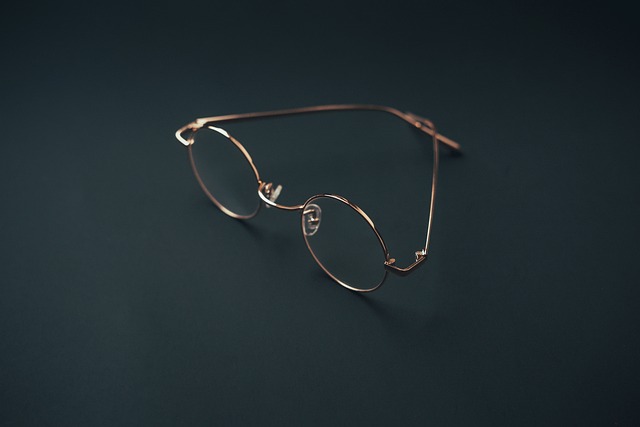Dive into the future of home entertainment with MicroLED TVs. These cutting-edge displays offer unparalleled brightness, breathtaking clarity, and vibrant colors, pushing the boundaries of visual experience. Forget everything you know about traditional LED and OLED; MicroLED represents a significant leap forward. This technology uses microscopic LEDs to create self-emissive pixels, eliminating the need for a backlight. The result? Perfect blacks, incredible contrast, and stunning HDR performance. Early adopters are already experiencing the transformative power of MicroLED. But with such a groundbreaking technology, questions abound. This article will explore the best MicroLED TVs currently available, their advantages, and what to consider before investing in this revolutionary technology.

Understanding MicroLED Technology
What Sets MicroLED Apart?
MicroLED technology distinguishes itself through its unique structure. Each pixel is a microscopic LED that emits its own light. This eliminates the backlight required by traditional LCD TVs and the organic compounds that power OLEDs. This self-emissive nature translates to perfect black levels, as individual pixels can be completely turned off. The result is an unmatched contrast ratio that brings depth and detail to every scene.
Furthermore, MicroLED boasts incredible brightness. This allows for exceptional HDR performance, showcasing a wider range of colors and luminance. The technology also offers wider viewing angles, ensuring a consistent picture quality from any seat in the room. With its inherent advantages, MicroLED is poised to redefine the television landscape.
Lastly, MicroLED displays are incredibly durable and resistant to burn-in, a common issue with OLED panels. This longevity makes them a compelling investment for those seeking a future-proof display solution.
The Benefits of Early Adoption
Being an early adopter of MicroLED comes with distinct advantages. You’ll experience the cutting edge of display technology, enjoying unparalleled picture quality and immersive viewing experiences. While the initial cost may be higher, you’re investing in a technology that promises years of exceptional performance and longevity.
Early adopters also contribute to the advancement of the technology. By providing feedback and driving demand, you help shape the future of MicroLED TVs. This can lead to improvements in future iterations and a wider adoption rate, ultimately benefiting the entire consumer market.
As with any new technology, early adopters gain valuable experience and knowledge. You become a resource for others interested in MicroLED, sharing your insights and helping them understand the benefits and potential drawbacks of this revolutionary technology.
Exploring the Top MicroLED TVs
Samsung’s The Wall
Samsung’s The Wall is a modular MicroLED display that offers unparalleled customization. Available in various sizes and configurations, The Wall can be tailored to fit any space, from a home theater to a commercial installation. Its breathtaking picture quality and immersive viewing experience make it a true showstopper.
The Wall utilizes a modular design, allowing for incredible flexibility in terms of size and shape. This makes it a versatile option for various applications, including large-scale displays and custom installations.
With its impressive brightness and contrast, The Wall delivers an unparalleled viewing experience. The self-emissive nature of MicroLED technology ensures perfect blacks and vibrant colors, bringing every scene to life with stunning detail.
Other Emerging MicroLED Options
While Samsung currently leads the MicroLED market, other manufacturers are actively developing their own offerings. Several companies have showcased prototypes and pre-production models, indicating a growing interest in this promising technology. Keep an eye out for new entrants in the near future.
As the technology matures and production costs decrease, we expect to see a wider range of MicroLED TVs from various manufacturers. This increased competition will likely drive innovation and lower prices, making MicroLED more accessible to a broader consumer base.
The future of MicroLED looks bright, with ongoing research and development paving the way for even more impressive displays. Expect to see enhancements in areas such as pixel density, color accuracy, and energy efficiency.
Key Considerations for MicroLED Buyers
Size and Installation
MicroLED TVs are currently available in larger sizes, making them ideal for dedicated home theaters or spacious living rooms. Consider the dimensions of your viewing space and the desired screen size before making a purchase. Installation can be complex, so professional assistance is often recommended.
Due to the modular nature of some MicroLED displays, installation can involve assembling multiple panels. This requires careful planning and precise execution to ensure a seamless and visually appealing final product.
It’s essential to measure your space and consider factors such as viewing distance and ambient lighting when choosing the appropriate size and configuration for your MicroLED TV.
Cost and Availability
MicroLED technology is currently at the premium end of the market, with prices significantly higher than traditional LED or OLED TVs. Availability is also limited, with some models only available through custom orders or specialized retailers.
As production processes become more efficient and economies of scale are realized, we anticipate a gradual decrease in MicroLED TV prices. This will make the technology more accessible to a wider range of consumers.
Keep in mind that the initial investment in a MicroLED TV may be substantial, but the exceptional picture quality, longevity, and potential resale value can offset the higher upfront cost.
Comparing Display Technologies
MicroLED vs. OLED vs. QLED
While each display technology has its strengths and weaknesses, MicroLED stands out for its superior black levels, unmatched brightness, and resistance to burn-in. Compared to OLED, MicroLED offers greater longevity and higher peak brightness. QLED, while offering excellent color and brightness, still relies on a backlight and cannot achieve the same black levels as MicroLED.
The following table provides a quick comparison of the three technologies:
| Feature | MicroLED | OLED | QLED |
|---|---|---|---|
| Black Levels | Perfect | Excellent | Good |
| Brightness | Exceptional | Good | Excellent |
| Burn-in | Resistant | Susceptible | Resistant |
| Lifespan | Long | Moderate | Long |
Ultimately, the choice depends on your individual needs and budget. However, MicroLED represents the pinnacle of current display technology, offering the best overall picture quality.

Leave a Reply